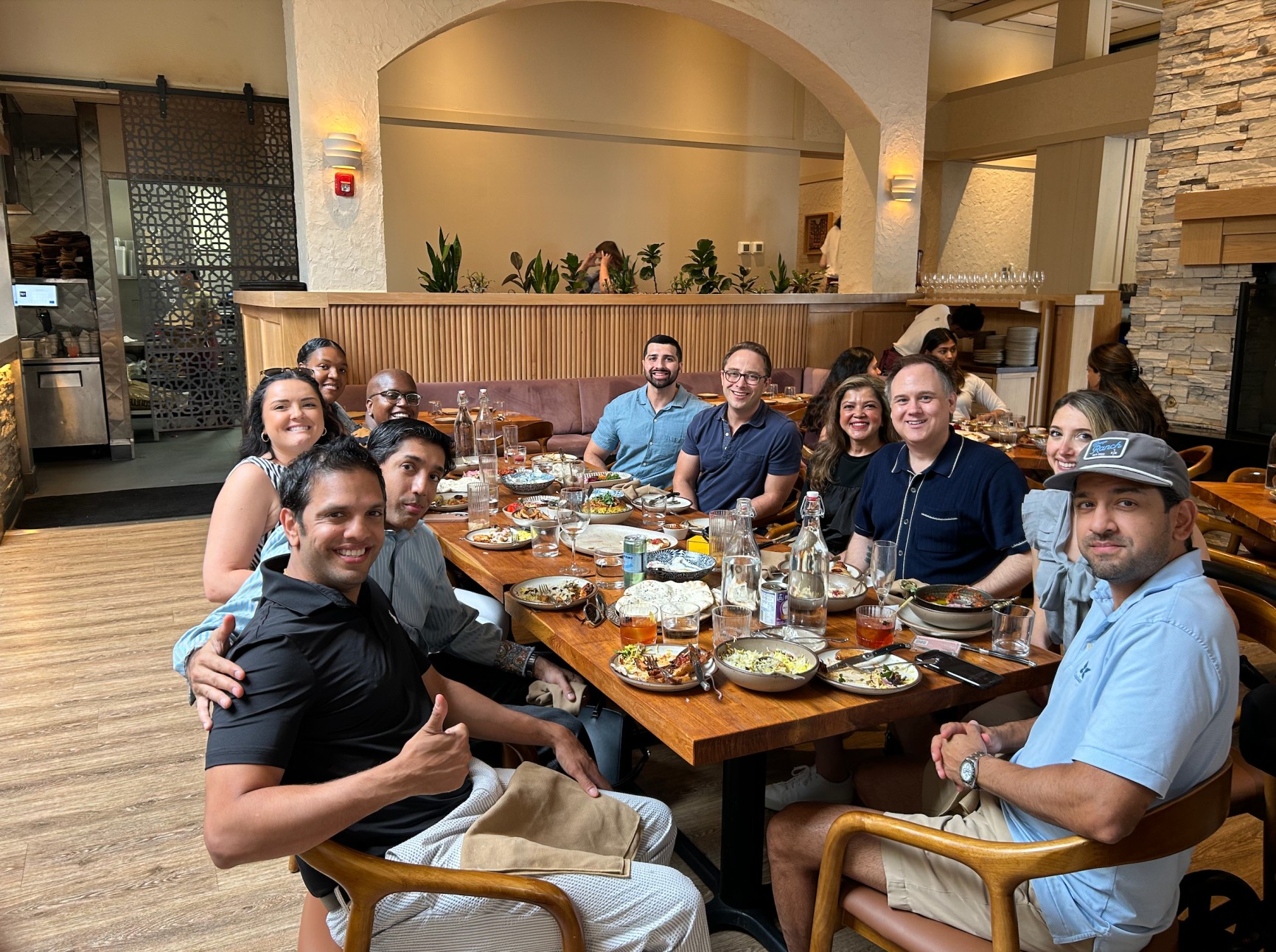SAFE Notes: The Fundraising Instrument Everyone Misunderstands
.png)
Brian Nichols is the co-founder of Angel Squad, a community where you’ll learn how to angel invest and get a chance to invest as little as $1k into Hustle Fund's top performing early-stage startups.
SAFEs show up in almost every pre-seed and seed round these days. Founders use them because they're simple. Investors tolerate them because everyone else is using them. But many people signing SAFEs don't actually understand how they work.
A SAFE is a "Simple Agreement for Future Equity." It's not equity. It's not debt. It's a promise that converts into equity later, usually when you raise a priced round or get acquired or IPO. Y Combinator created them to make early-stage investing faster and cheaper than convertible notes or equity rounds.
The pitch was simplicity. No interest rates. No maturity dates. No negotiating a valuation. Just agree on a valuation cap and maybe a discount, sign some paperwork, and wire the money. This works great until founders realize their cap table is a mess because they don't know how much equity they've actually sold.
How SAFEs Actually Work
When an investor gives you money on a SAFE, they're not buying shares. They're buying the right to convert that investment into shares later at a predetermined price. That price is based on either the valuation cap or the discount, whichever gives them a better deal.
Let's say you raise $500,000 on a SAFE with a $5 million post-money valuation cap and a 20% discount. Later, you raise a Series A at a $10 million post-money valuation. The SAFE investors will convert either at the $5 million cap or at $10 million minus 20% (which is $8 million). They'll choose the $5 million cap because it gives them more equity for their money.
Here's where it gets tricky. The math on SAFE conversions is straightforward if you're using a post-money SAFE. If you invested $500,000 at a $5 million post-money cap, you get 10% of the company when the SAFE converts. Simple enough.
But if you're using a pre-money SAFE, the math accounts for all the other money raised on SAFEs and in the priced round. This means you could end up with way less than you thought. Founders often raise multiple tranches on SAFEs at different caps without realizing how much dilution they're setting up for themselves.
The Problems Nobody Tells You About
SAFEs feel free because there's no immediate dilution. You're not adding anyone to your cap table yet. You're just taking money and promising equity later. But every dollar you raise on a SAFE is future dilution you're committing to without knowing exactly how much.
I've seen founders raise $200,000 on a $3 million cap, then $300,000 on a $4 million cap, then another $500,000 on a $6 million cap. By the time they go to raise a Series A, they're shocked to learn they've already sold 20% of their company to SAFE holders, and that's before the Series A investors buy their stake.
The other problem is that SAFEs sit in this weird legal gray area. They're not debt, so investors can't demand their money back if things go south. But they're not equity either, so SAFE holders don't have voting rights or board seats. This is good for founders in the short term but can create confusion about who has power in the company.
There's also the scenario where you never raise a priced round. If you're doing great and don't need to raise more money, those SAFEs might never convert. Or if you get acquired for a small amount before raising a Series A, the SAFE conversion terms might mean investors get most of the proceeds and founders get almost nothing.
The Difference Between SAFEs and Convertible Notes
People confuse these all the time. Both convert into equity later, but they're fundamentally different instruments. A convertible note is debt. It has an interest rate and a maturity date. If the company gets acquired before the note converts, there are scenarios where note holders get paid back their principal plus interest instead of converting to equity.
SAFEs are not debt. They don't have interest rates or maturity dates. They're designed to always convert into equity, which is cleaner in theory but can be worse for investors if the company sells for a small amount.
Y Combinator created SAFEs specifically to simplify things compared to convertible notes. And in many ways, they succeeded. But they also introduced new complexity because now you have this instrument that's neither debt nor equity, and different investors have different opinions on how it should be handled in edge cases.
The choice between a SAFE and a convertible note used to matter more. These days, most early-stage deals in Silicon Valley are on SAFEs because they've become standard. But in some markets or with certain investors, convertible notes are still the norm.

Valuation Caps vs. Discounts
Most SAFEs have both a valuation cap and a discount rate. The cap sets a maximum valuation at which your SAFE converts. The discount gives SAFE holders a percentage off whatever valuation you raise your next round at. Investors get whichever is better for them.
In practice, if your company is doing well and your Series A is at a high valuation, the cap kicks in. If your Series A is at a lower valuation, the discount might be better. This optionality is good for investors but can be confusing for founders trying to model their cap table.
Some founders try to negotiate away the discount and just use a cap. Some investors push back on this. The reality is that if you're fundraising in a competitive environment where investors want into your deal, you can often get away with cap-only SAFEs. If you're struggling to raise, investors will want both.
The cap is what really matters for modeling your dilution. If you're raising on a $5 million cap, assume that's the effective valuation regardless of what your eventual Series A valuation ends up being. This at least gives you a rough sense of how much equity you're selling.

Post-Money SAFEs Changed Everything
Y Combinator updated SAFEs a few years ago to use post-money valuation caps instead of pre-money. This was a big deal. With a post-money SAFE, the math is straightforward. You invest $X at a $Y post-money cap, you get X/Y percent of the company. Done.
With pre-money SAFEs, the calculation was more complex because it factored in all the money raised from other SAFEs and the Series A. This meant founders often ended up more diluted than they expected, and there was more room for confusion and conflict when SAFEs converted.
Post-money SAFEs are better for founders because the dilution is more predictable. They're also better for investors in some ways because there's less ambiguity about what they're getting. But plenty of investors still use pre-money terms, especially outside of Silicon Valley.
If you're raising on SAFEs, insist on post-money terms unless there's a really good reason not to. It'll save you headaches later when you're trying to figure out your cap table.
What Investors Actually Think
Most early-stage investors are fine with SAFEs at this point. They're standard. But they're not everyone's favorite instrument. Some investors prefer the protections that come with convertible notes. Others think SAFEs are too founder-friendly and want more downside protection.
The investors who love SAFEs are usually the ones who do a lot of small, fast deals. They want to sign, wire, and move on. They're not worried about edge cases or liquidation preferences because they're playing a volume game across many investments.
The investors who push back on SAFEs are usually writing larger checks or want more involvement. They're thinking about downside scenarios and want more protection than a standard SAFE provides. These investors will often negotiate side letters with additional terms.
Getting It Right
Use post-money SAFEs. Model your dilution assuming SAFEs convert at the cap. Don't raise too many tranches at different terms. Keep your cap table clean and understandable.
If you're planning to raise a Series A within 12 months, SAFEs make sense. If you're building a lifestyle business and never plan to raise institutional capital, SAFEs might sit around unconverted forever, which is awkward.
SAFEs are a tool. They're good for what they're designed for, which is quick, simple early-stage fundraising. They're not great for complex deals with multiple stakeholders and special terms. Know when to use them and when to move on to equity rounds.
If you're trying to navigate fundraising decisions and want to learn from investors and operators who've been through it, Angel Squad connects early-stage founders with experienced investors who can help you think through these choices and avoid the common pitfalls that trip up first-time fundraisers.













